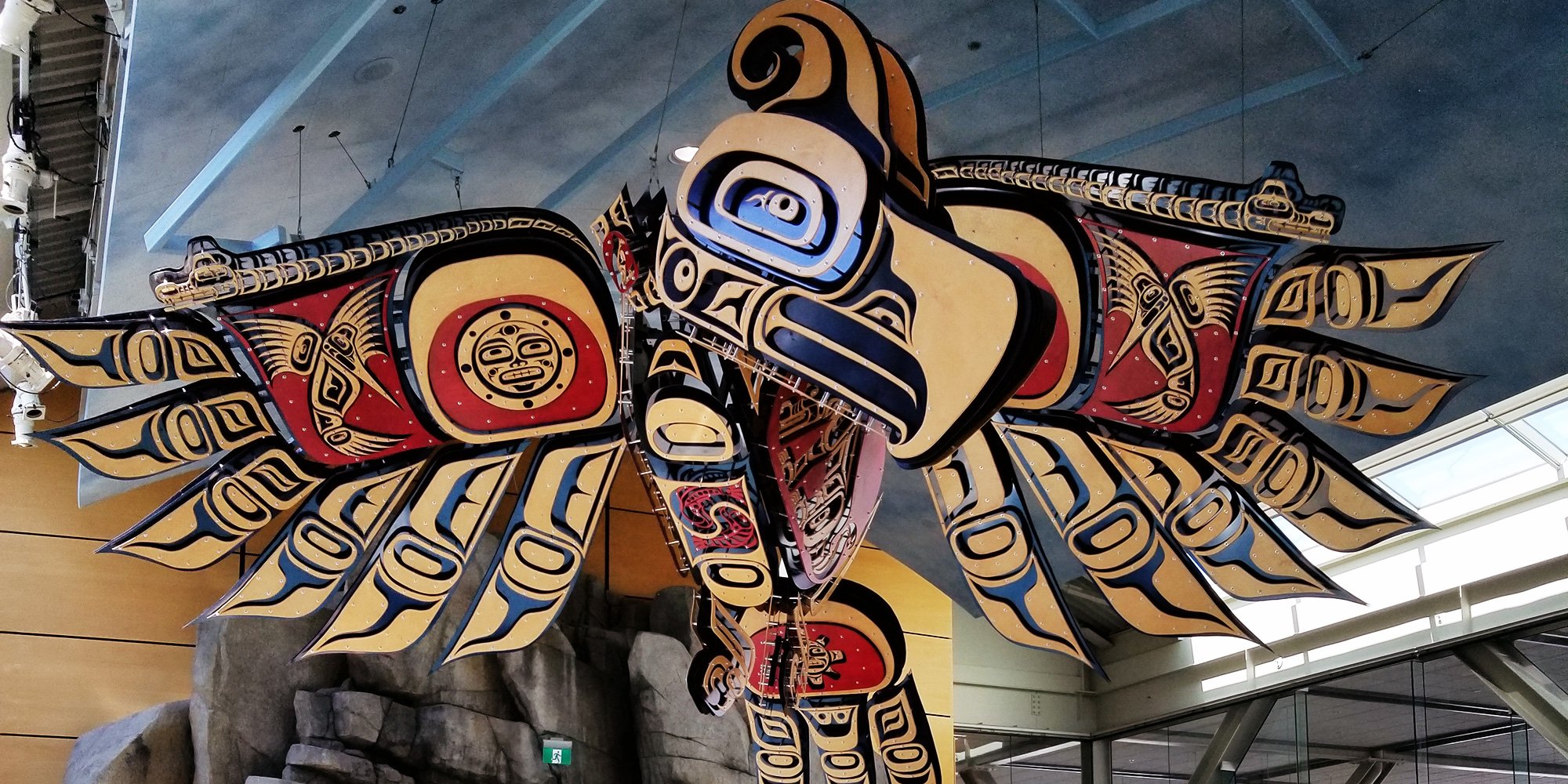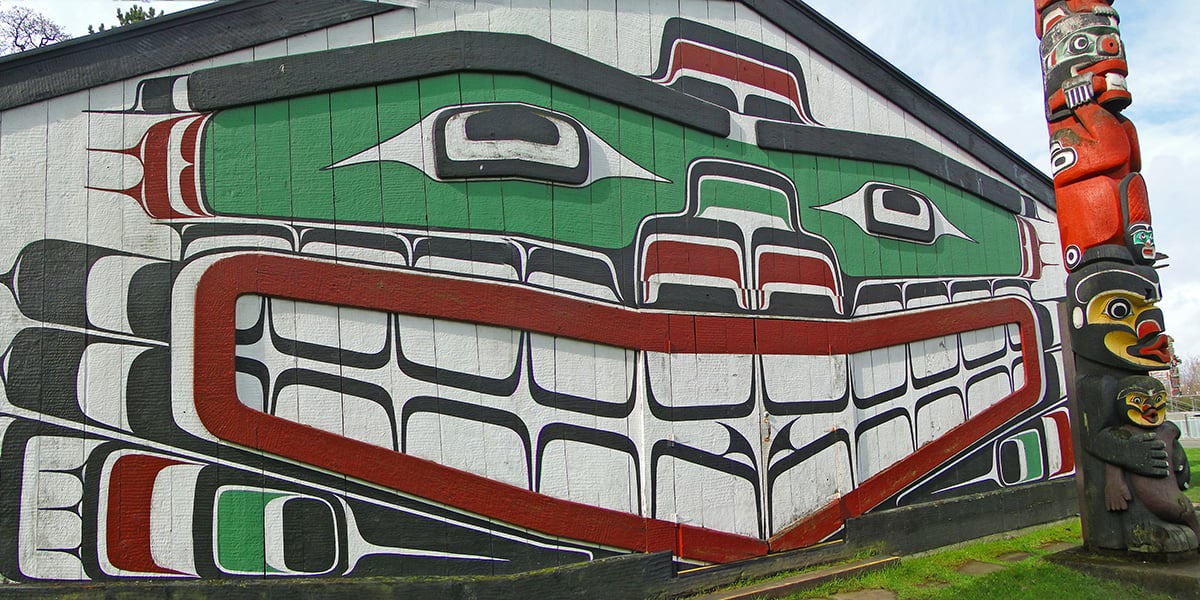6 min read
5 Things to Know When Working with Indigenous Communities
It is essential when working with some of the hundreds of First Nations, Inuit, and Métis communities across Canada on industrial, social, and...

6 min read
It is essential when working with some of the hundreds of First Nations, Inuit, and Métis communities across Canada on industrial, social, and...

2 min read
In this little article, we talk about how to follow First Nations protocol on First Nations treaty lands. It can be customary between one First...

3 min read
The following First Nation Elder protocol question popped up in our inbox and we are really grateful for the opportunity to respond. We appreciate...

4 min read
It can be customary between one First Nation and another to acknowledge the host Nation Peoples and their traditional territory at the outset of any...

4 min read
Cultural tourism is one of the largest and fastest-growing tourism markets globally. The urge to experience another culture or learn about another...

4 min read
When the Truth and Reconciliation Commission (TRC) Report was published in 2015 it revealed the reality of residential schools, the damage the...

3 min read
On October 1, 2017, as I listened to Jagmeet Singh make his acceptance speech as the newly crowned leader of the National Democratic Party I was...

4 min read
This article goes out to all the people who organize events that include Indigenous speakers and we thank one of our readers for suggesting we write...

2 min read
According to Merriam-Webster, protocol is “a system of rules that explain the correct conduct and procedures to be followed in formal situations.”...
3 min read
In this post, we share some insight on First Nation Protocol including why you should thank the host First Nation, and on the side provide an example...